Tinker Crate is a subscription box that inspires kids to learn about science, engineering, and technology, all while having lots of fun. Each month, the box explores a field of study within a STEM (Science, Technology, Engineering, and Math) discipline. Kids practice their problem-solving skills and learn how to engage in both structured and open-ended exploration and investigation. Most boxes walk the tinkerers through the construction of fairly complex mechanical devices.
Everything that arrives together in a single Tinker Crate – the supplies, a fold-out instruction sheet, and the Tinker Zine. In addition to the cool stuff found in the Tinker Zine, most crates have a secondary project that builds on the primary project, extending the exploration and focusing in on the science principles demonstrated by the main project.
DEAL: Use this link to save 30% on your first box of Tinker Crate! (or Kiwi Crate and the KiwiCo family subscriptions Koala Crate and Doodle Crate).
THREE DAY DEAL: Save 50% off with code FESTIVE!
The kit includes all the materials needed to construct the main project, a light-up planetarium. Sometimes you need to provide some simple items from home for the second project or the additional explorations suggested in the Tinker Zine.
The instructions and other project info are printed on a faux blueprint fold-out sheet. Along with materials and instructions, you get some handy pointers and a troubleshooting guide. The sheet tells you everything that came in the box, some tips, and help if you can’t get it to work. This is a well-designed and tested box – we’ve never had a project with a fatal design flaw or any frustrating, unresolved engineering issues. Plus, there is help available if needed!
The instructions are clear and easy to follow and include both visuals and text, with lots of tips and checkpoints to make sure you’ve done everything correctly as you go. You aren’t expected to be an expert or know all the principles behind the project coming into it – the instructions are well thought out and anticipate areas where a novice might go astray. We can tell from the exquisite detail and thoughtfulness of the instructions that the projects are designed and tested, with lessons from testing and re-testing make their way into the instructions.
The main project is always a great hands-on activity and a great demonstration of the scientific principles featured in the box, but the Tinker Zine is where the lessons really take shape!
The booklet includes additional experiments, explorations, as well as solid scientific learning. You would expect a kids’ box like this to focus on constellations and the mythology surrounding them, but Tinker Crate goes well beyond shallow treatment of topics. Instead, the booklet examines Copernican theory and the way humans have used the predictable movement of the stars to their advantage.
Our daughter sometimes holds our projects up a bit because she insists on reading every bit of the Zine before we can start!
The Zine always has some very in-depth exploration of the principles behind the project, as well as examples of real world applications. This issue delved into the illusion of movement within the celestial sphere. We can’t stress enough how great a job Tinker Crate does with explaining the principles demonstrated by the project!
The text is perfectly suited for the target age. The discussion of scientific principles and concepts is accurate and uses correct terminology, but the style is light and exciting. This discussion of navigation introduced terminology that is till used today to describe any geolocation, but the lesson was reinforced with an additional project – constructing a quadrant (a simplified sextant) from a straw and string. The text even led the kids through the procedure for taking readings and deriving one’s latitude from the observed altitude of the North Star above the horizon.
The main project came with a pre-marked starscape to poke out with a thumbtack.
It was then crafted into a dome and affixed to a rotating base. Stickers marked with the months of the year allow you to rotate the disc to see the constellations visible at any time of year!
The base tilts to project on a wall or to create an artificial horizon for your sky.
The stars were marked with two sizes of hole markings, so you could make the constellations bright and also retain the other moderately bright stars without losing track of the constellations.
This was an involved project, but it was lots of fun! Assembling the planetarium did require some fine motor coordination and deft handling of adhesive strips, so little hands might need some help with this one. We really love Tinker Crate, because the projects are extremely well designed, with a comprehensive and engaging STEM-grounded lesson built around the project in each box. It is a great box for tweens, but the projects are interesting enough that mom or dad will have fun helping younger kids tackle the projects, too!
Have you tried Tinker Crate yet with your kids?
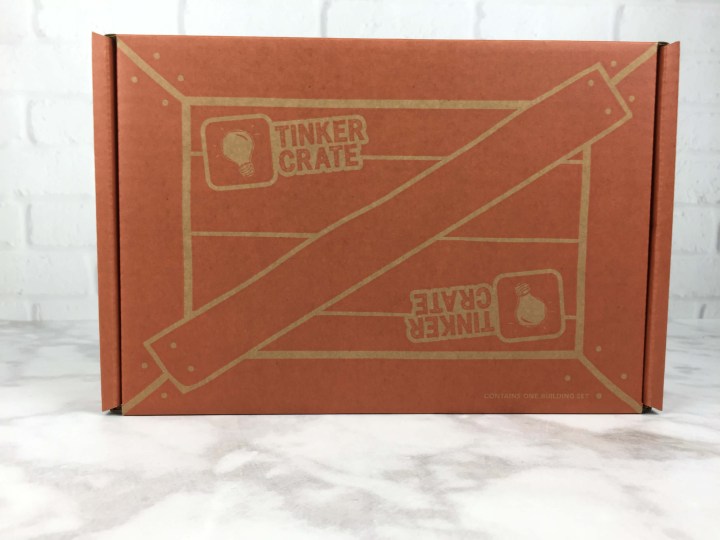
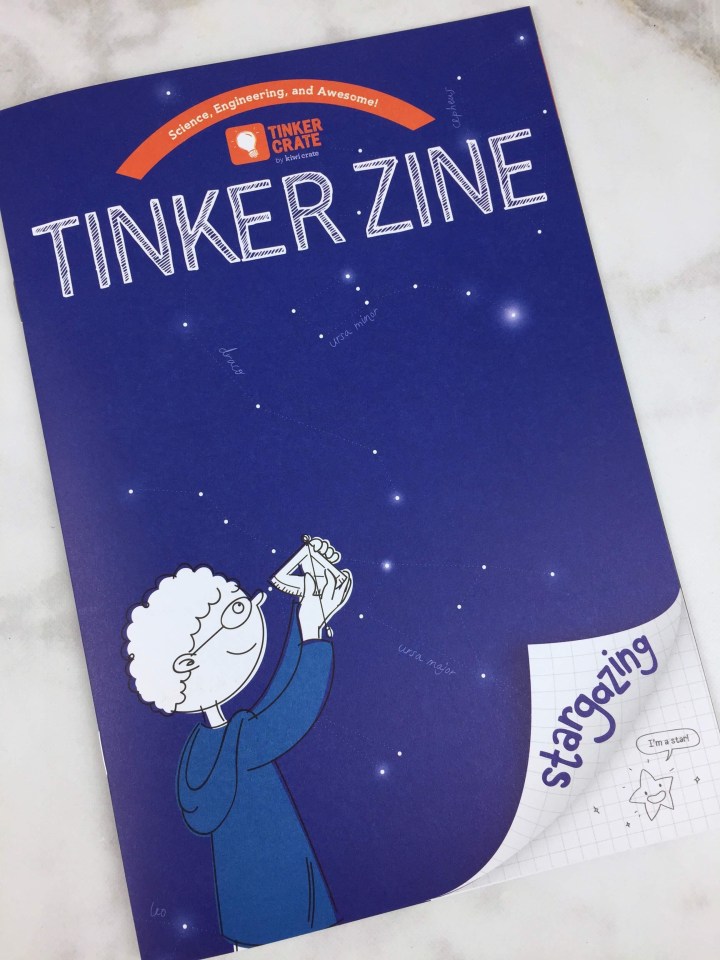
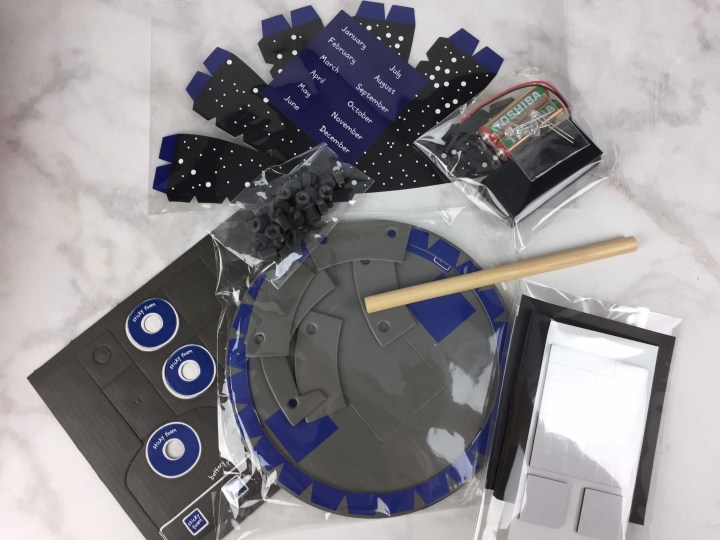

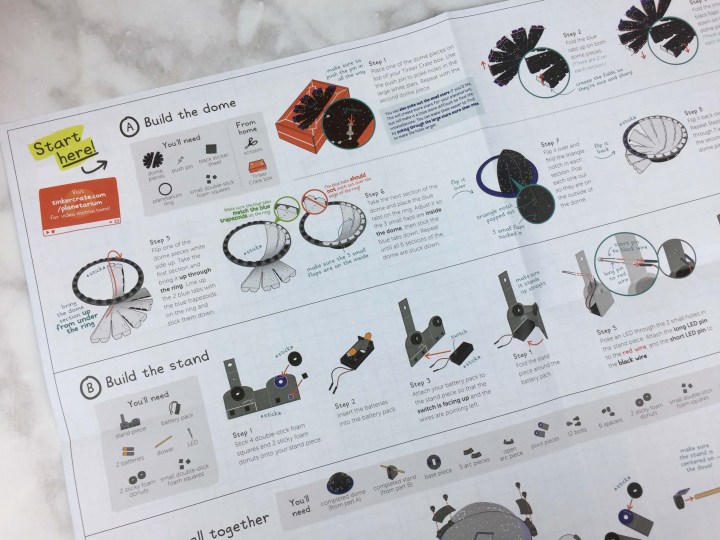

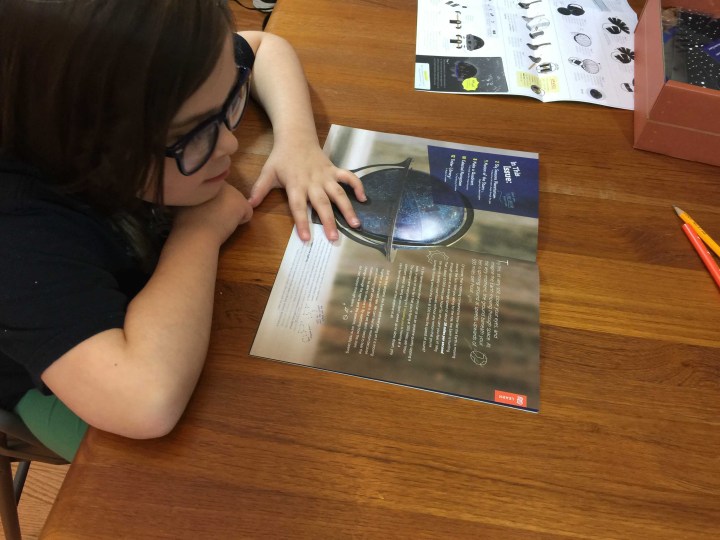
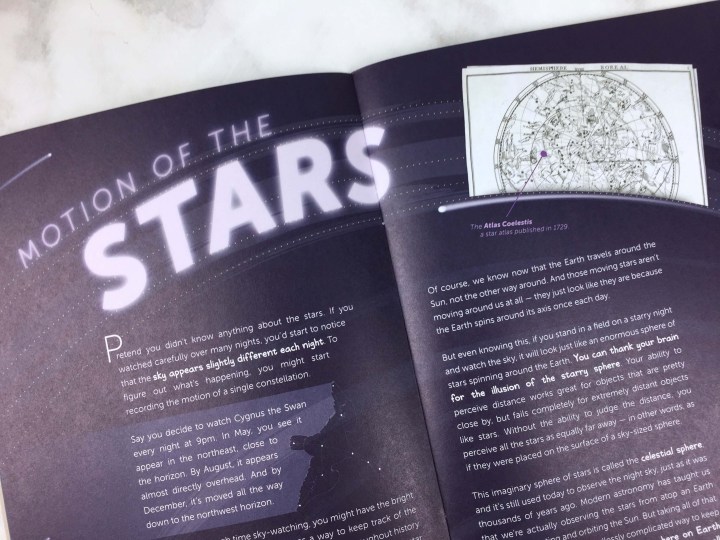
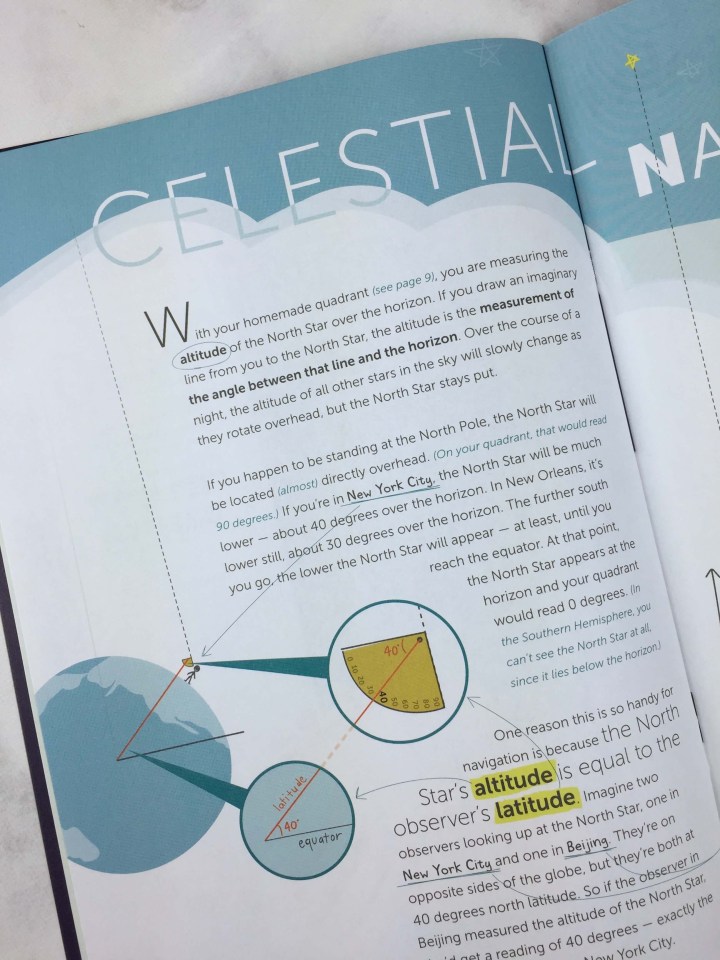
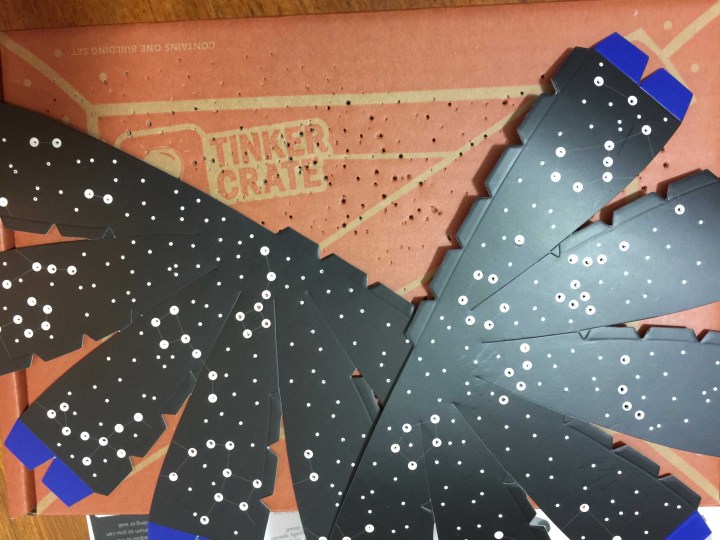
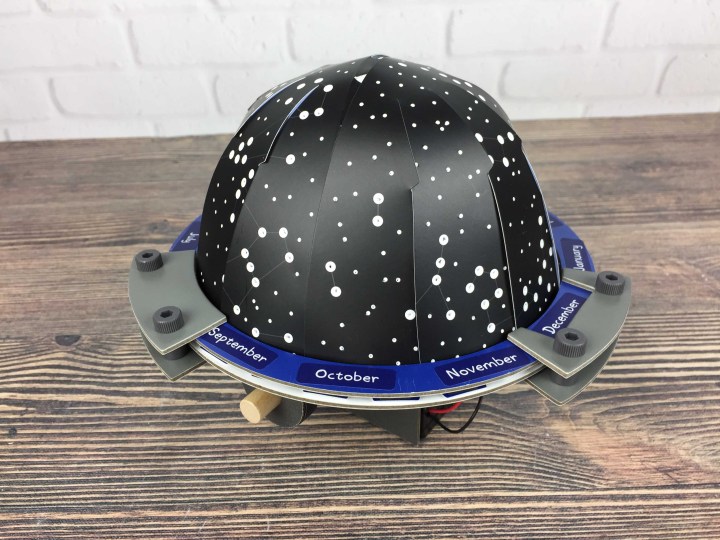
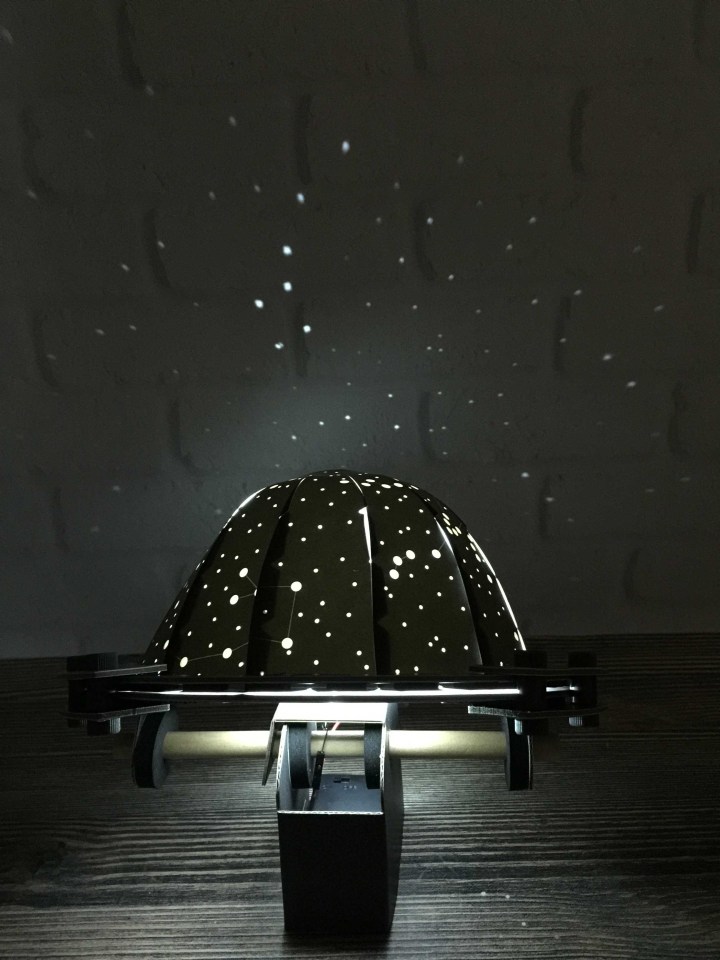
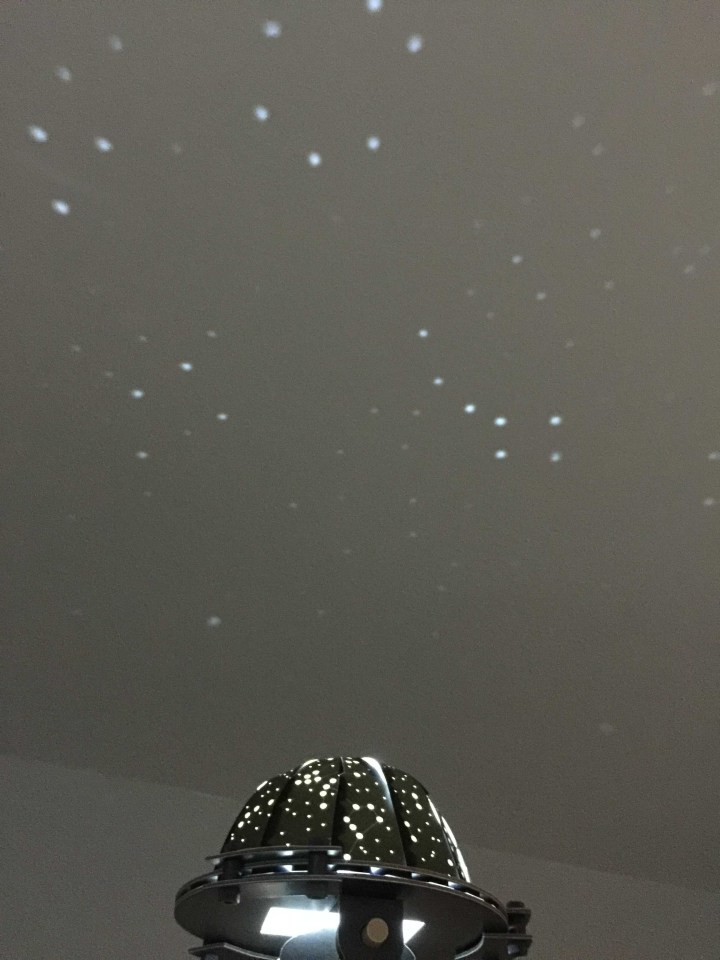




Comments